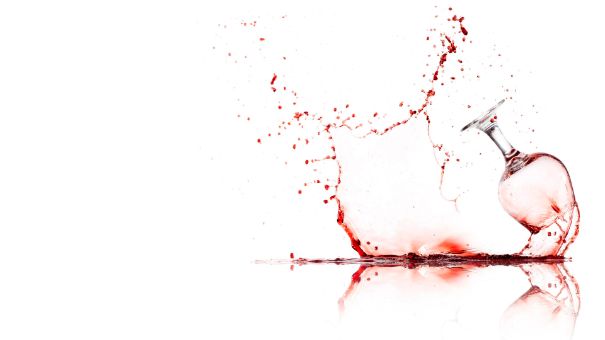Oops, something went wrong!

Someone spilt the wine, or our website is temporarily unavailable.
Pour yourself another glass and try
our homepage or
You can also email us at info@strewnwinery.com.
Thank you

Someone spilt the wine, or our website is temporarily unavailable.
Pour yourself another glass and try
our homepage or
You can also email us at info@strewnwinery.com.
Thank you